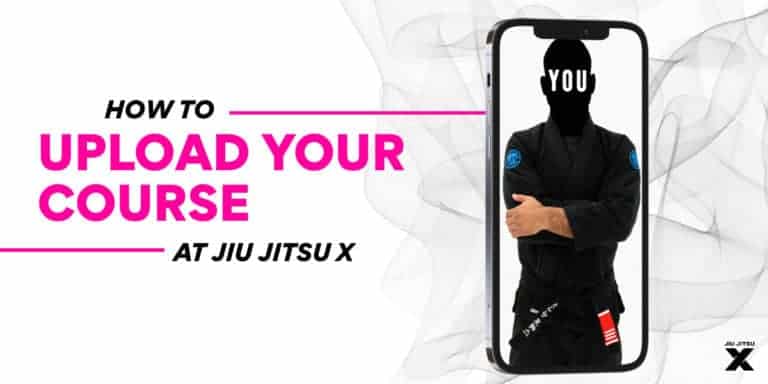
A quick and easy escape from the double unders that actually works! No matter how big or how strong your opponent may be, this handy trick is your ticket to freedom.
Picture this, you’re playing guard against the biggest behemoth in your gym. A behemoth who’s already sidelined two of your friends this month because of his overzealous love for stack passing with the double unders.
Suddenly, you see that look in their eye. Sh*t! You’ve given them an opening for the double unders!
It feels like a car crash at the time: everything moving in slow motion.
But in reality, your opponent is moving violently. Diving as if they’ve just dropped their cell phone down a toilet in a Chipotle bathroom.
Now, the choice is yours, will you read this short article and learn exactly what you need to do to reliably escape the double unders, turn the tide in your favor and even submit your opponent by using their best move against them?…
… or will you join your friends on the sideline.
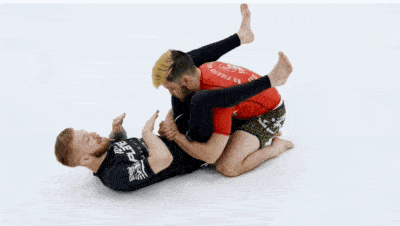
The very first thing you need to do to escape the double unders position once your opponent has committed to the grip is to shuffle backward.
Moving backward provides you with 3 key advantages:
To facilitate this move, kick one of your legs straight, using your hamstring to push your opponent’s shoulder. Kinda like kickstarting a motorbike.
As you kick, turn onto your opposite shoulder (like you would with a hip escape movement) and shuffle your hip and same side shoulder backwards. Your body will naturally want to do this as you kick forward, so just go with it.
The shuffle backward only needs to be minimal, so don’t overdo it with any gross movements.
Once you’re done, repeat the movement with the other leg, and once again shuffle backward.
Refer to the GIF above for a visual representation.
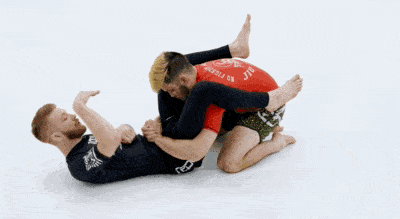
Remember that underhook I mentioned in the previous step?
Well, here it is.
The key point about this underhook is that you need to reach under the shoulder with your same side arm.
Sounds obvious, but right now you can almost guarantee there are at least 3 people somewhere in the world trying to get this underhook with their opposite arm…
… and one special individual is trying to get it with their foot.

Using the underhook, you’re going to pull your opponent’s arm toward you, relieving the threat of their double unders.
Now, there is a trick to this, as simply pulling your opponent’s arm will only see it blocked by your own hamstring.
To make taking control of your opponent’s arm an easy operation, you’ll need to windmill your leg so that your hamstring is placed at a position below their elbow.
Once here, slide your underhook to the cubital fossa (if you ever wanted to know the name for the crease made between your bicep and forearm by bending your elbow, that was it!).
With the cubital fossa secured (it’s gonna stick in your head) kick your leg forward, again like you’re kickstarting a motorbike, and pull the arm toward you – via the cubital fossa.
Once you own the arm, swing your outstretched leg back up behind their back and secure your opponent’s broken posture by locking a high closed guard behind their thoracic spine.
Now your opponent’s broken posture is secured, they’re in prime position for you to whisper in their ear “Tell me, who’s cubital fossa is this?”
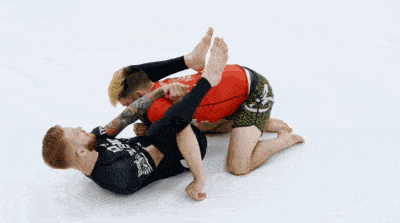
It’s true. Sometimes things just won’t go your way and often you’ll be faced with an opponent juiced to the gills with that bomba, and whose grips from the double unders will feel like they’ve been welded in place.
But that’s ok, because this is jiu jitsu. And in jiu jitsu, we don’t bail when things get hard. We solve problems by working out how to use the force multiplier known as leverage in our favor.
To increase your leverage against that behemoth of an opponent, all you need to do is simply pass your outside leg across your their head.
From here, you’ll need to push against the side of their head with your hamstring, you guessed it, like a…
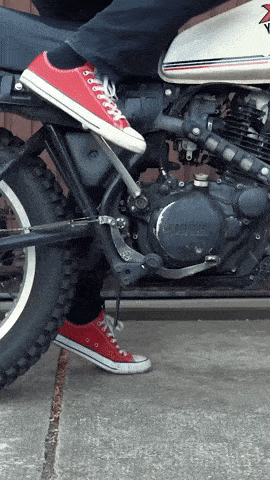
… and use that push to not only reposition your opponent’s spinal alignment but to also shift and pivot yourself into a perpendicular position to their shoulder; where pulling their arm becomes significantly easier.
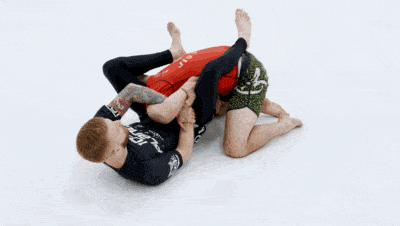
If your opponent somehow manages to grip their hands, making it impossible to pull their arm through, or that bomba they’re on is MLB approved, all hope is not lost…
… in fact, it may even work in your favor.
To finish your opponent with their own stubbornness, simply replace your underhook grip with a kimura grip.
Important: you don’t want to let go of your grips to do this, as doing so will give your opponent a clear opportunity to escape the position.
Instead, to move into the kimura grip, you just need to slide your clasped hands, from their original position behind your opponent’s rear deltoid, underneath their armpit and towards their wrist.
This simple maneuver will ensure you maintain control of the position while placing your hands where minimal adjustments can secure the kimura grip.
Now, your opponent’s hands will most likely still be locked under your hamstring, and that’s ok.
To break the shoulder joint and finish the submission, all you need to do is apply downward pressure with your heels and hamstrings. This will allow you to elevate your hips from the mat so you can swivel – gently – towards your shoulder closest to your opponent’s head.
Note: the pressure on your opponent’s shoulder here will be immense and will come on quickly. Keep this in mind when drilling or sparring.
There you have it, a super easy, super simple method for escaping the double unders pass that you can use no matter how small you are or how big your opponent may be.
For more great advice and techniques on how to play guard successfully against larger opponents, make sure you check out Gabe Tuttle’s latest course THE BUTTERFLY EFFECT at Jiu Jitsu X.
In THE BUTTERFLY EFFECT, you’ll learn Gabe’s high percentage go-to moves that every butterfly guard player should have as part of their A-game.
Jiu Jitsu X is on a mission to make learning jiu jitsu online more pleasant and more effective. Transforming your knowledge on the mats.


The BEST way to watch your courses and carry your favorite teachers in your pocket.
All you have to do is subscribe to our newsletter below and we’ll send your copy of the JJX Pressure Passing Cheatsheet straight to your inbox!
Plus, as a member of our newsletter list, you’ll also benefit from even more FREE game-changing content each week, plus handy alerts for all of our incredible discount sales.